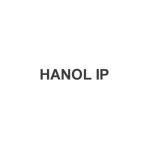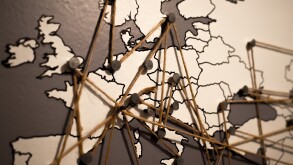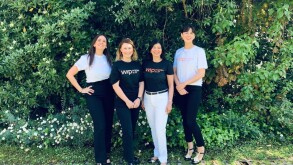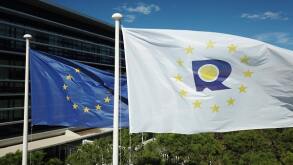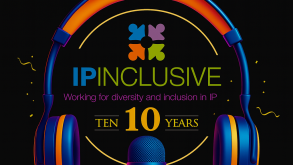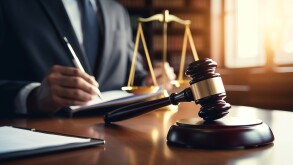Following the Myriad decision in the United States, the High Court of Australia recently denied the patent eligibility of isolated genes of BRCA1 DNA. Along with the Alice decision from the United States, this is truly a new wave. What we patent reflects the most fundamental social decisions in our patent system. It is worth seeing how Korea is riding on this wave and balancing its system.
Unlike the United States, isolated genes and other biological materials such as proteins, small molecules and herbal extracts are all patentable in Korea. Although Myriad's BRCA patent applications were never granted (three BRCA1 patent applications were filed in Korea but the applicant did not respond to the issued office action), it is well established in Korea that genes, cDNAs, vectors and other biological materials isolated from nature are patent eligible regardless of their sources. Human genes are, therefore, patentable. Although it is in a legally separate issue, proving utility of claimed genes is often discussed on the same level with the patent eligibility. To this issue, the Korean court states that specific, substantial and credible utility is required for genes to be patented (Patent Court Decision 2007Heo5116).
Cells and Higher life forms such as plants and animals are also patent eligible subject matter. This is also true for stem cells and stem cells may be patented by defining cells by their origins, expression markers, morphological features, functions and preparation methods. In Korea, inventions liable to contravene public order or morality cannot be patented (Article 32). Stem cells and higher life forms may be affected by this provision more than any other types of inventions for ethical reasons. Korean patent law also protects plant varieties. A plant variety can be separately protected by the Seed Industry Law under the UPOV Convention.
Methods of medical treatment for humans cannot be patented in Korea. Although the Korean Patent Law does not explicitly prohibit patenting medical method claims, the courts are clear that these claims cannot be patented primarily because of the concern about the misuse of privately owned patent rights against public health. Practically, they are rejected for lacking industrial applicability. It is quite unique that Korea distinguishes humans from other animals in this category of inventions. Method of medical treatment for animals which explicitly exclude humans from the treatment subject can be patented. This may be unfamiliar or feel strange to applicants whose jurisdiction does not distinguish humans from animals. When claims do not distinguish human from animals, this defect can be easily cured by amending claims to exclude human from the claims even if there is no basis in the detailed description. If treatment is performed using a pharmaceutical substance, method claims can easily be converted to pharmaceutical composition claims. Therefore, patent eligibility only becomes an issue when this conversion is not possible, that is treatment by medical surgery.
Similarly to medical treatment method claims, diagnostic method claims cannot be patented when they require a human body to carry out the invention. However, these claims may be redrafted in the claim format "A method for providing information for diagnosis..." which is then patentable.
In Korea, medical use of a pharmaceutical composition must be claimed as a type of a second medical use claim such as "A pharmaceutical composition comprising X for treatment of Y". This also applies when X is a new compound. As the method of treatment claims are not allowable, claiming combination therapy is not easy in Korea although not impossible. Claims need to be cleverly drafted as composition claims, although there may be some uncertainty or unclearness in the claim wording.
In this regard, a recent court decision about dosage regimen may shed a gleam of much-needed light in the darkness. The Supreme Court of Korea for the first time held in its en banc decision that a dosage regime could be a patentable technical feature (Supreme Court Decision 2014Hu768, May 21 2015).
In the IT field, patent eligibility is most often discussed for software and business method inventions. Luckily, both are patentable in Korea. KIPO revised examination guidelines for computer-related inventions in July 2014, and the revised guideline presented five typical claim formats allowable; method, product (for example, "a computer device"), program storage medium, data storage medium and compute program claims. According to the guideline, the computer program must be claimed as "stored in storage medium" to be patentable.
Patent eligibility reflects a nation's policy. Each country has a varied set of subject matters that are sometimes slightly different or more varied, which reflect the nation's cultural, economic and political views. Despite the differences, the patentable subject matters of each country all share a common foundation in that they were selected to serve society's wellbeing and desire.
Patentable subject matter in Korea |
Not patentable subject matter in Korea |
Isolated genes, cDNA |
Inventions contrary to public order or morality (Article 32) |
Stem cells, animals |
Method of treatment for humans |
Plants, plant varieties |
Method of diagnosis for humans |
Medical use (pharmaceutical composition) |
Algorithms |
Dosage regime, cosmetic method |
|
Method of treatment for animals |
|
Software, business methods |
Min Son
Partner, Hanol IP & Law
HANOL Intellectual Property & Law
6th Floor, 163, Yang Jae Cheon-Ro, Gang Nam-Gu
Seoul 06302, Republic of Korea
Tel: +82 2 942 1100
Fax: +82 2 942 2600
